Rheva wound protection plaster for horses 5 cm x 7 cm small
- Regular price
-
14,95 € - Regular price
-
- Sale price
-
14,95 € - Unit price
-
From 7,48 € per item
Couldn't load pickup availability
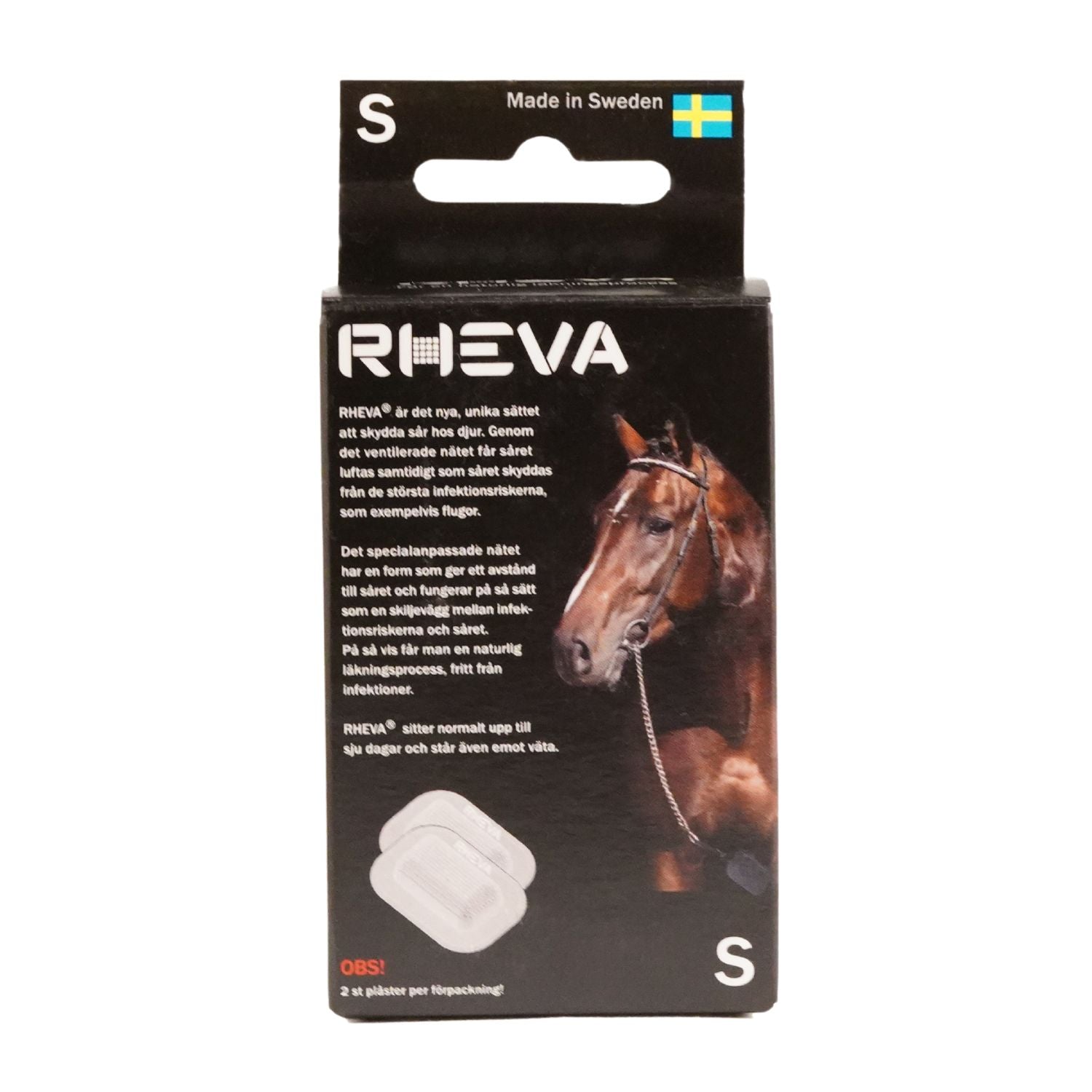
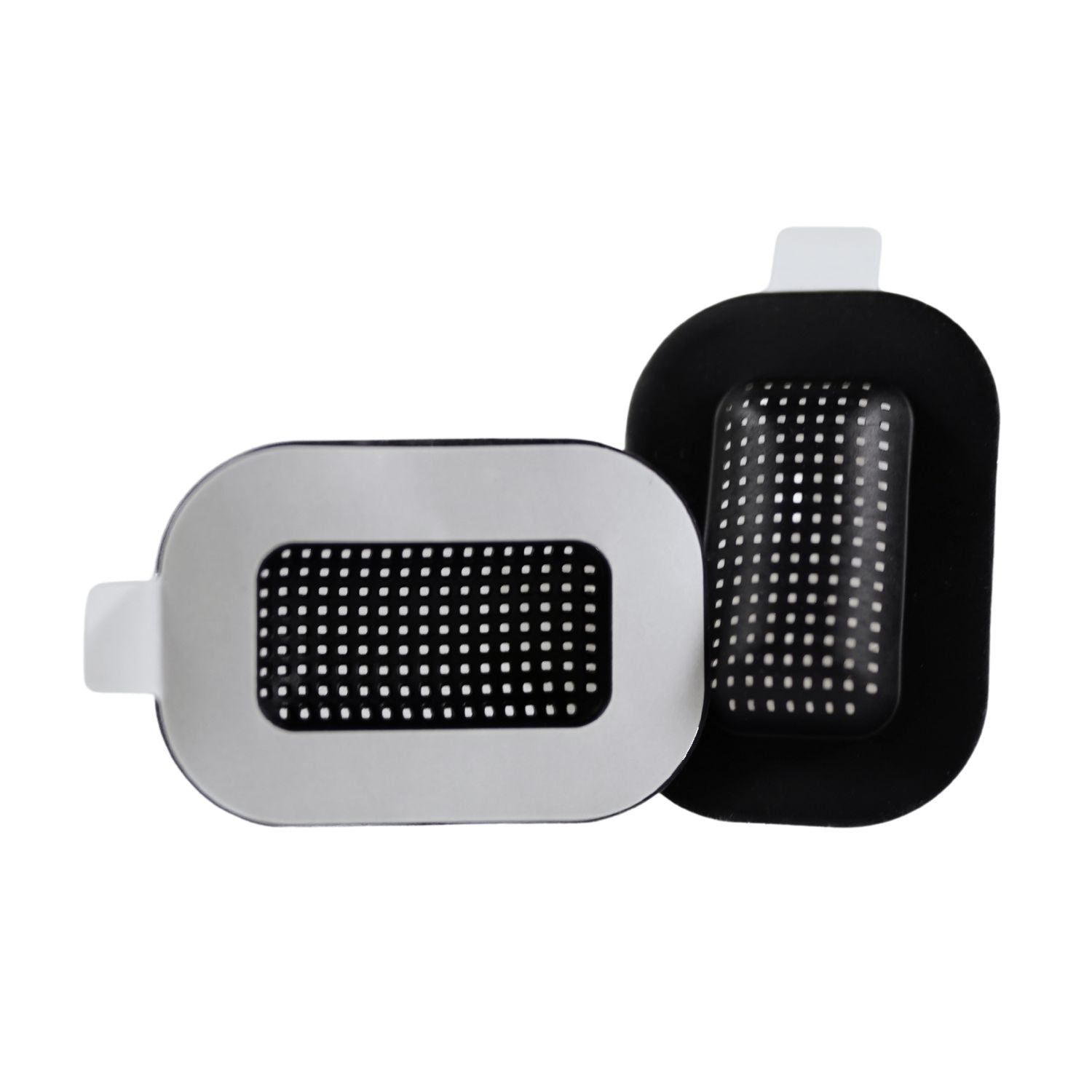
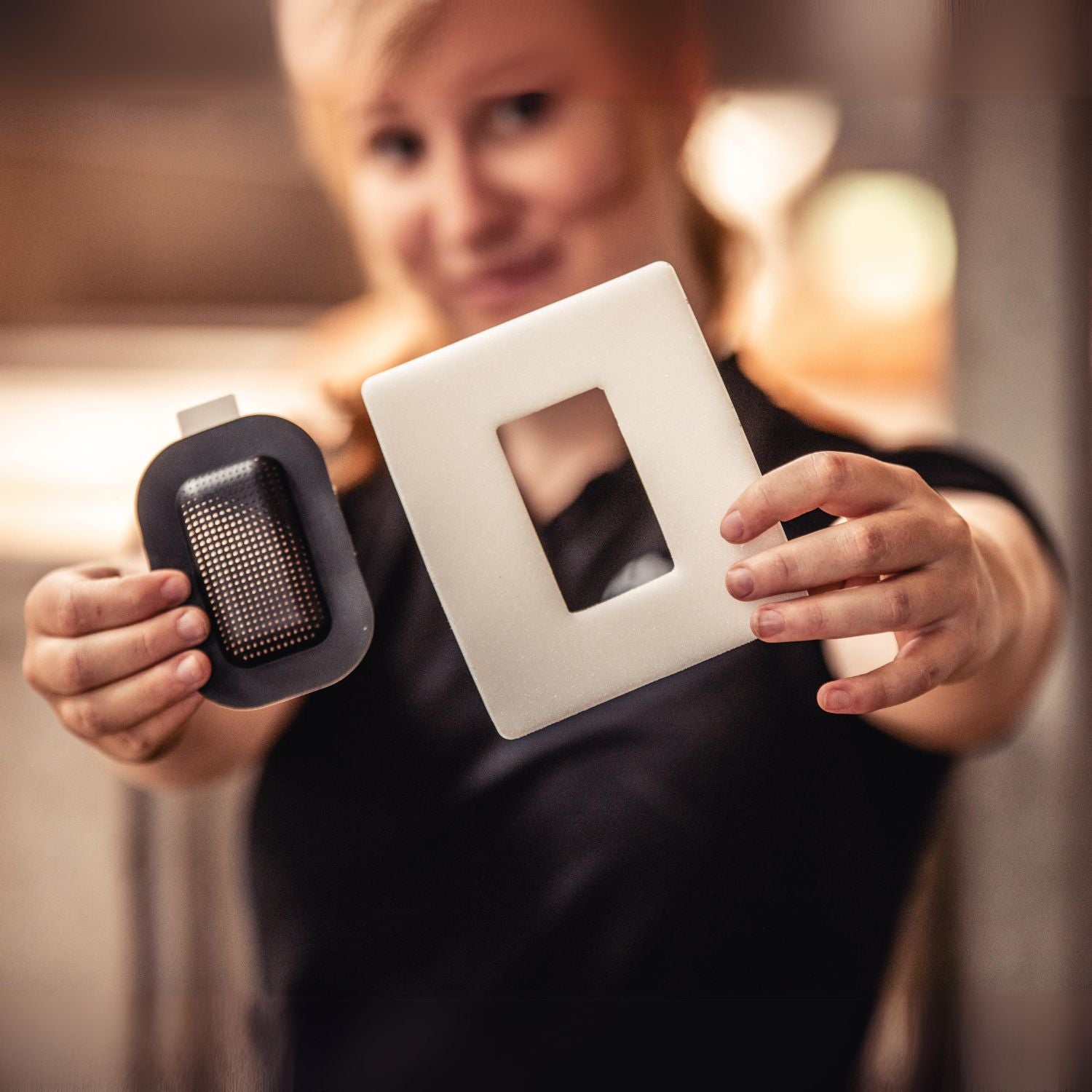
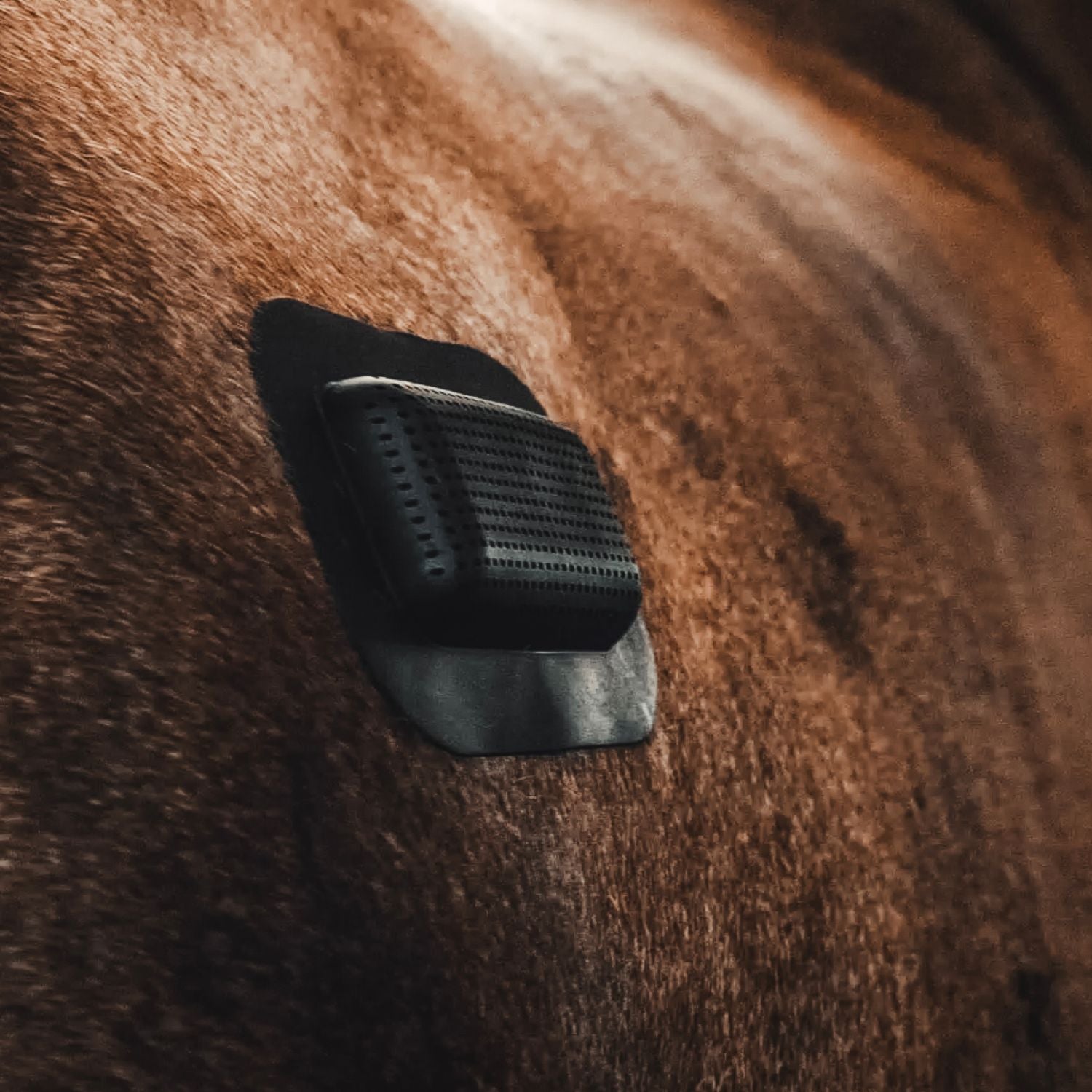
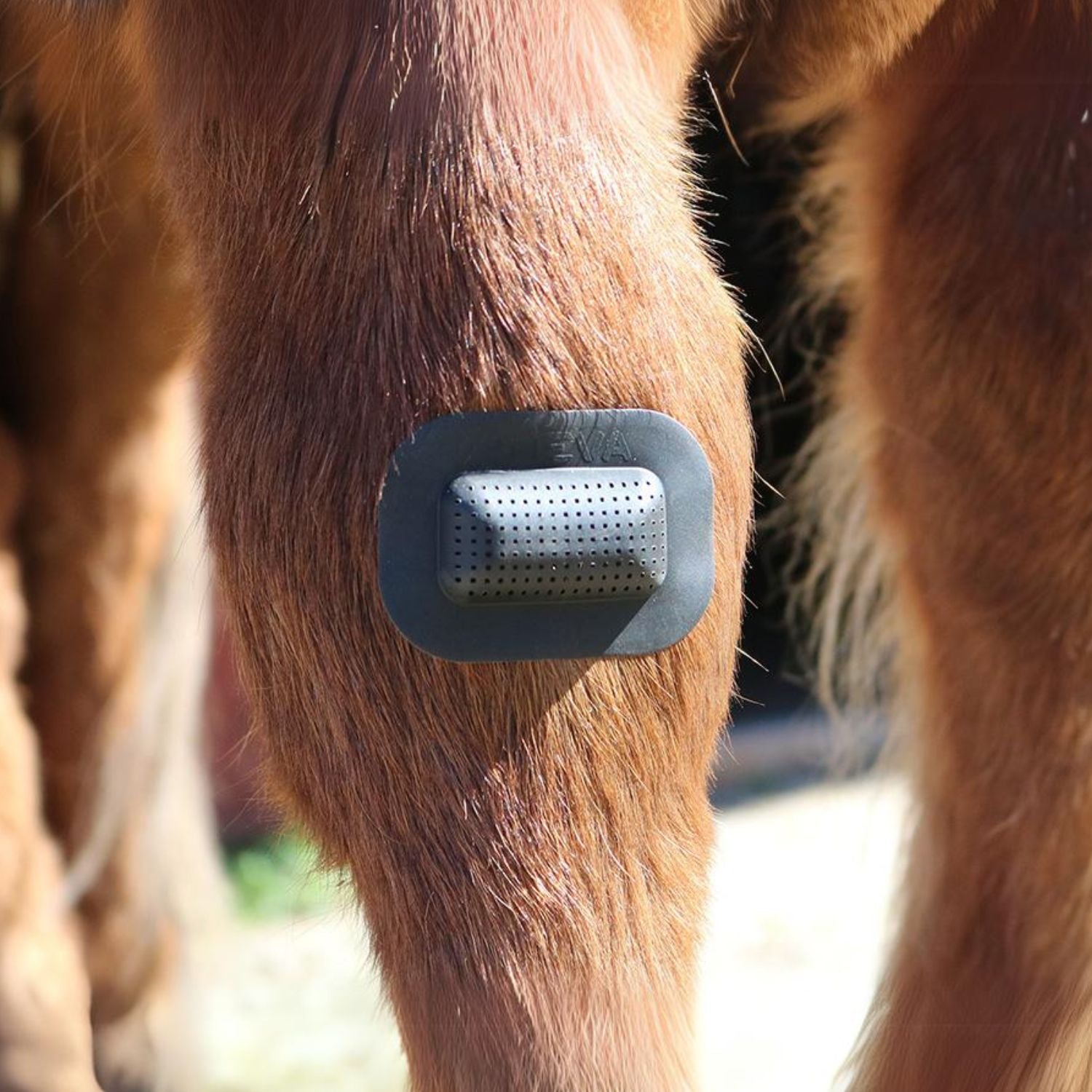
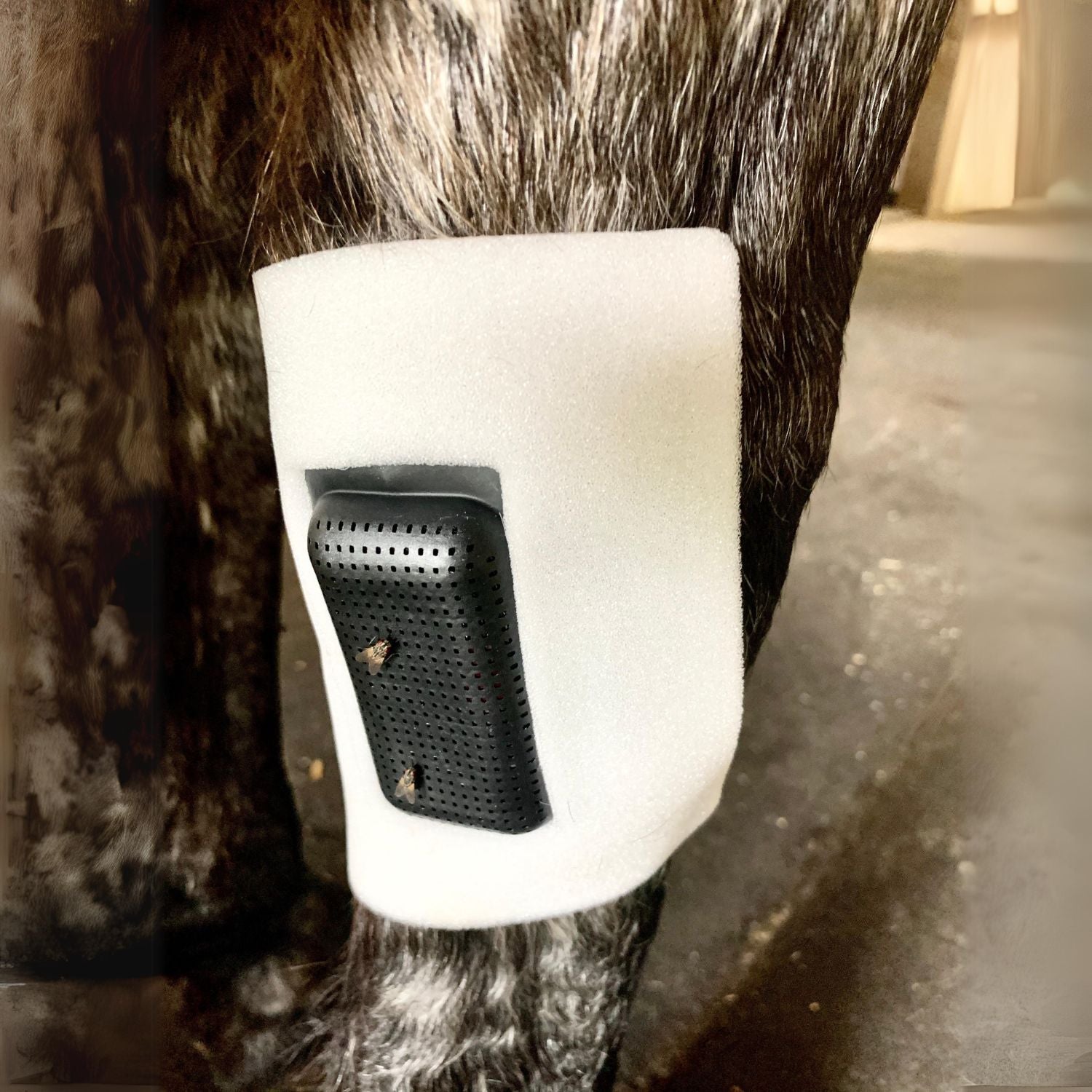
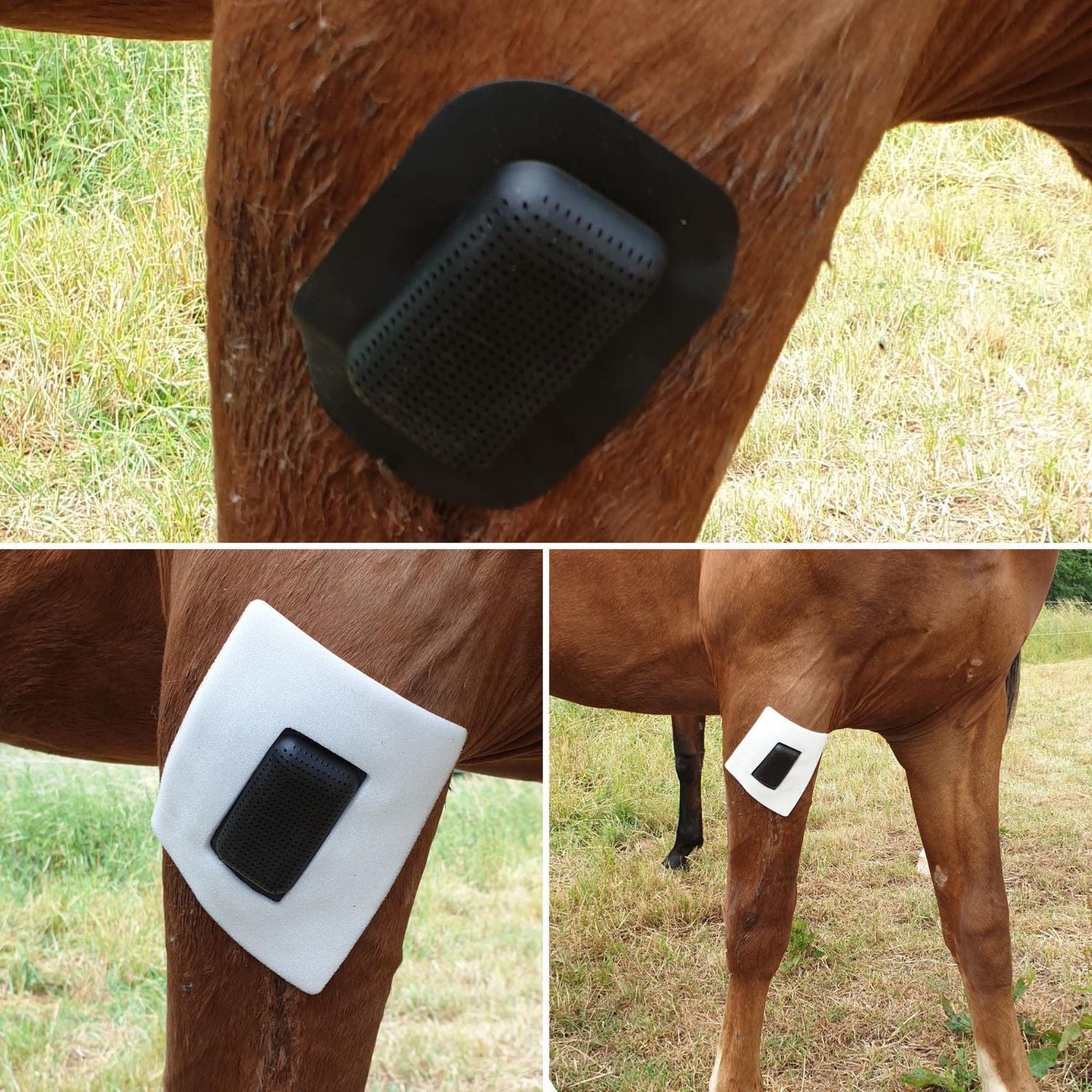
RHEVA wound protection plasters have been successful on the Swedish market for several years and have received positive feedback from users, including veterinarians, professional horse farms and private horse owners.
To support the gentle healing of wounds in animals and facilitate the care of open wounds, the RHEVA wound protection plaster offers an innovative and unique solution in wound care. The product is also ideal for protecting surgical sutures during the critical first few days after surgery.
In certain areas of the horse's body, especially where there is a lot of movement under the coat, such as large muscles or joints (e.g., neck, legs, and hocks), it may be difficult to apply the RHEVA wound protection plaster correctly. In such cases, additional fixation may be necessary to ensure the product stays in place. Sports tape or elastic bandages can also be used for support.
Before using the RHEVA wound protection plaster, it is recommended to read the instructions for use carefully.
RHEVA Medical Band-Aid is a patented and protected product manufactured by Cenova AB in Mjölby. The adhesive is supplied by Stokvis Tapes in Norrköping.
All materials used in the product are medically classified.
Application:
- Thoroughly clean the wound area with clean water or saline solution. If the wound is severely infected, consult a veterinarian.
- Make sure the area where the patch will be applied is clean and dry. A clean and dry surface is crucial for the patch to adhere, whether you use the extra attachment or not.
Grease and residues from styling sprays, conditioners, insect repellents, etc. can be removed with grease-removing wipes. After cleaning, dry the area thoroughly with a clean cloth.
We also recommend using a clothes roller or brush, or duct tape on the coat to remove loose hair, small dirt particles, and other contaminants that are difficult to see. - Avoid touching the area around the wound where the patch will be applied, as the adhesive will adhere immediately to the coat. Once the patch is applied, gently press it down with your fingers for about a minute. This will help the adhesive adhere even better. It takes several hours for the adhesive to fully bond, so you should keep the horse still for a while after applying RHEVA.
- Remove RHEVA by gently peeling it off in the direction of hair growth.
Good to know:
To minimize the risk of infection, you should apply the RHEVA wound protector to the wound as soon as possible after the incident. Check the wound protector daily and smell it to determine if there are any signs of infection. If you notice an unusual odor and suspect infection, you may need to clean the wound again and apply a new RHEVA. Each pack contains two RHEVAs.
Avoid using harsh chemicals, as they can impair wound healing. For mild infections, clean the wound with saline solution. If that doesn't work, you can use a disinfectant solution (follow the directions carefully) or consult a veterinarian.
The most common reason RHEVA doesn't stick well is that the coat isn't properly clean and dry. Tiny particles of dust, dirt, and grease in the coat can prevent the patch from adhering properly. In areas where there's a lot of movement under the coat—such as the neck, legs, or hocks—it can be more difficult to attach RHEVA. An extra attachment can be helpful here. You can also use athletic tape or elastic bandages to further secure the RHEVA.
Sometimes the plaster needs to be changed more frequently, depending on the condition of the wound and the horse's activity level. Difficult weather conditions and long coats can also impair adhesion. Some horses make it even more difficult by pulling the plaster off themselves or having a pasture buddy "help" them.
It's important not to touch the wound and to provide the horse with a calm environment. Wounds often heal best when they remain slightly moist, especially in the early healing phase. RHEVA helps protect the wound from drying out.
In most cases, RHEVA wound protection works very well if you follow the instructions carefully. Don't hesitate to contact us if you have any questions or need support.
Material: plastic
Download DatenblattHersteller: Rheva AB, Stenåkervägen 82, 238 33 Oxie, Sweden, info@rheva.se















